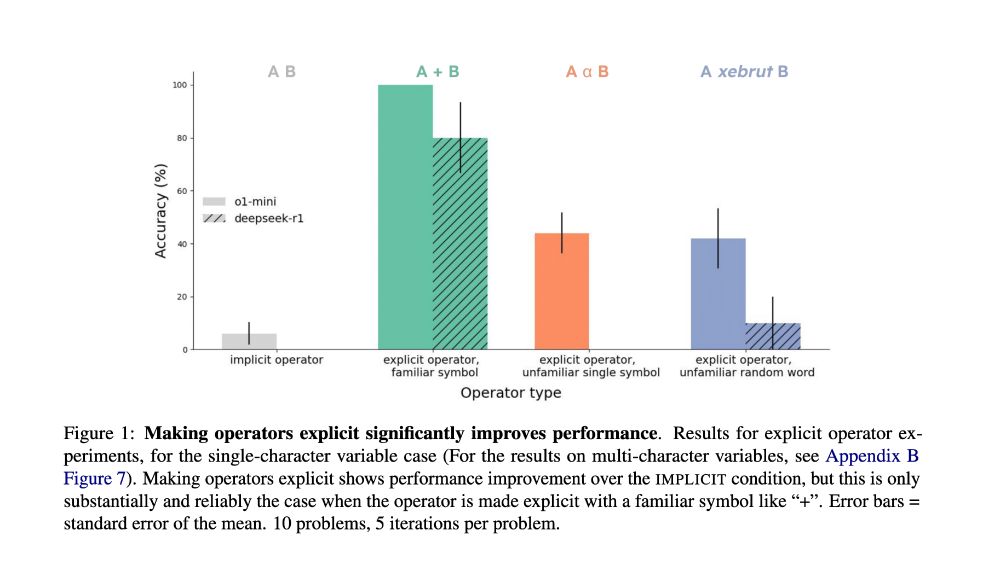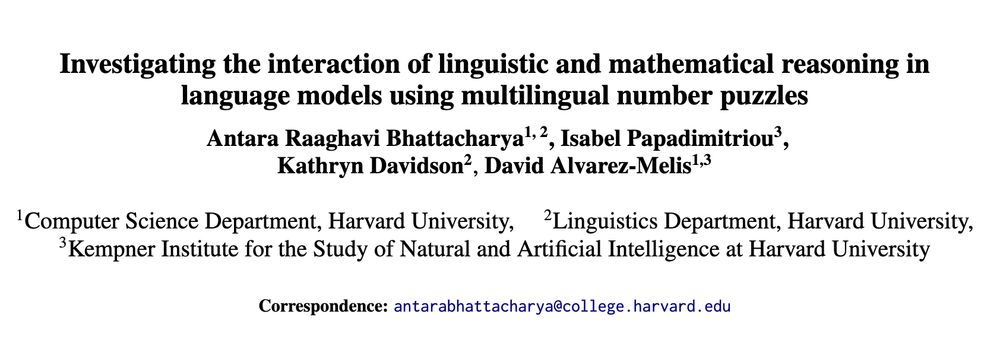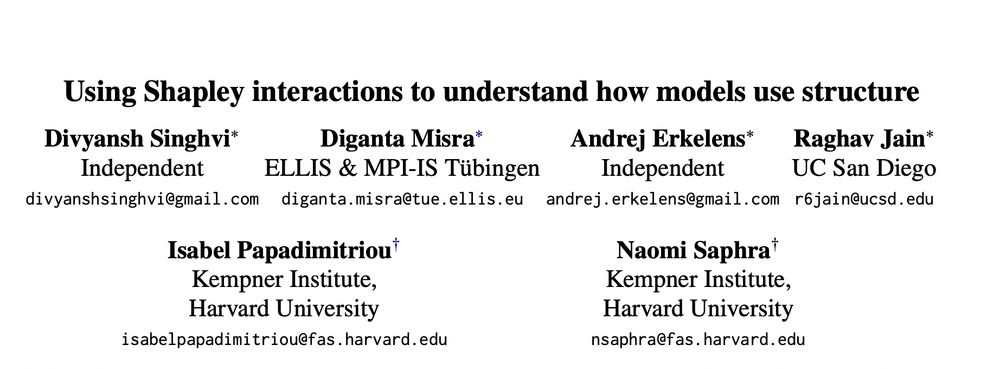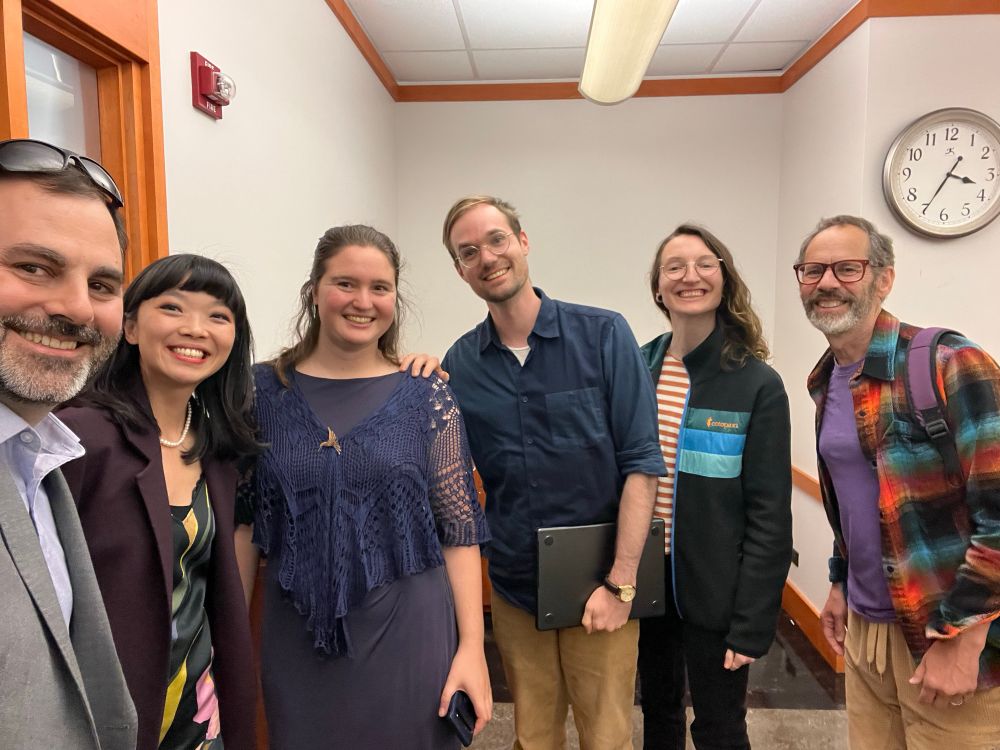Isabel Papadimitriou
@isabelpapad.bsky.social
620 followers
200 following
25 posts
(jolly good) Fellow at the Kempner Institute @kempnerinstitute.bsky.social, incoming assistant professor at UBC Linguistics (and by courtesy CS, Sept 2025). PhD @stanfordnlp.bsky.social with the lovely @jurafsky.bsky.social
isabelpapad.com
Posts
Media
Videos
Starter Packs
Reposted by Isabel Papadimitriou
Ben Prystawski
@benpry.bsky.social
· Aug 1

Thinking fast, slow, and everywhere in between in humans and language models
Author(s): Prystawski, Ben; Goodman, Noah | Abstract: How do humans adapt how they reason to varying circumstances? Prior research has argued that reasoning comes in two types: a fast, intuitive type ...
escholarship.org
Reposted by Isabel Papadimitriou
Ben Prystawski
@benpry.bsky.social
· Aug 1

Idiosyncratic but not opaque: Linguistic conventions formed in reference games are interpretable by naïve humans and vision–language models
Author(s): Boyce, Veronica; Prystawski, Ben; Tan, Alvin Wei Ming; Frank, Michael C. | Abstract: When are in-group linguistic conventions opaque to non-group members (teen slang like "rizz") or general...
escholarship.org
Reposted by Isabel Papadimitriou
Reposted by Isabel Papadimitriou













